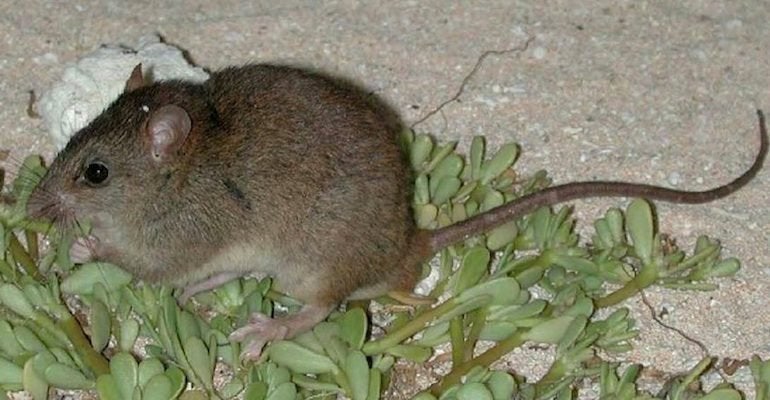Habitat destruction, poaching, pollution, climate change: Humans have many ways of pushing species to the brink of extinction. In recent years, we’ve shoved some species over the edge entirely.
The planet, scientists say, is currently on the precipice of the sixth mass extinction ― also known as the anthropocene extinction, or one caused by human activity. It’s an epoch that could see us wiping out at least 75 percent of the Earth’s species.
But while humans have triggered an extinction episode that researchers say is “unparalleled for 65 million years,” humanity has also shown that it can undo some of the damage it has caused.
In recent years, humans have managed to pull a weird parrot, a tiny fox, a rare tiger, an ancient tortoise, a threatened gorilla and a rather handsome mountain goat, among other creatures, from the jaws of extinction.
“We definitely caused the problem and we’re trying to undo it,” said Andrew Digby, a conservationist who has dedicated years to the recovery of the kakapo, a parrot native to New Zealand.
Sometimes the damage humans cause is irreparable. But as these conservation success stories illustrate, efforts to redeem ourselves can have profound and positive impacts.
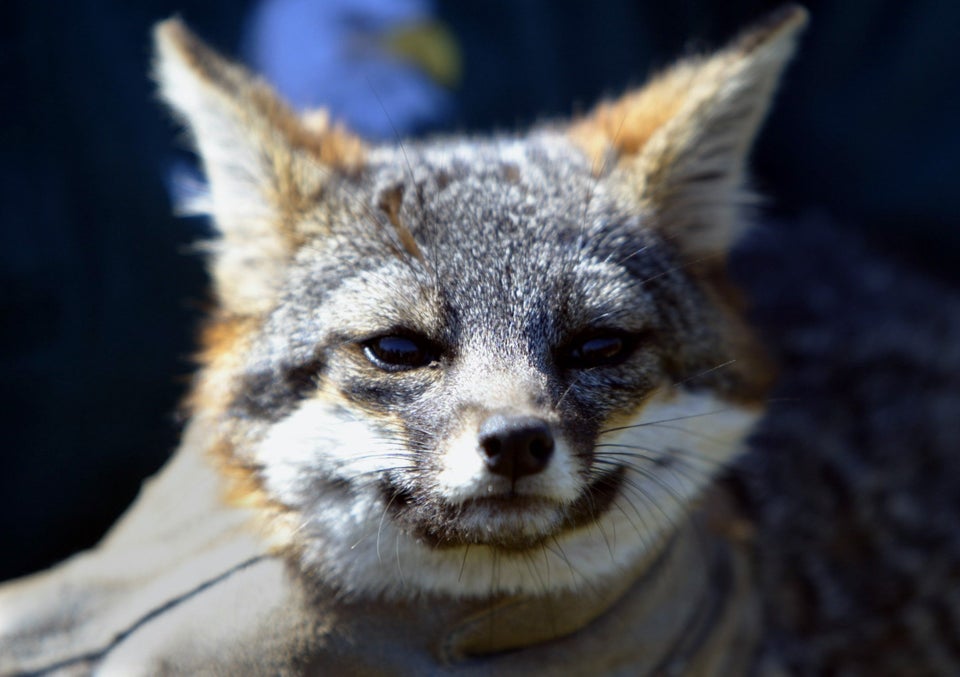
Golden eagles were the primary threat facing the small mammals, scientists said. The birds were not native to the islands and had only started frequenting the area in the 1990s after use of the pesticide DDT wiped out the larger, native bald eagles.
“Golden eagle predation was unprecedented, and was considered unnatural because golden eagles had not previously bred on the islands and were, until this time, rarely observed,” the National Park Service explained on its website. “With the golden eagle’s sharp talons, swiftness of flight, and four times the body mass of a fox, they easily preyed upon the vulnerable fox.”
The imperiled creature was added to the endangered species list in 2004 -- a move that sparked an enormous, concerted effort to save the animal from the brink.
Empowered and galvanized by the Endangered Species Act, at least 300 scientists and conservation experts, nonprofit organizations, and state and federal agencies joined forces to initiate conservation measures, including captive breeding and golden eagle relocation programs. The hard work ultimately paid off.
The U.S. Fish and Wildlife Service announced in December that fox populations on the islands of San Miguel, Santa Rosa and Santa Cruz had “fully recovered,” while the fourth subspecies under threat, the Santa Catalina Island fox, had been “downlisted from endangered to threatened.”
“It’s remarkable to think that in 2004, these foxes were given a 50 percent chance of going extinct in the next decade. Yet here we are today, declaring three of the four subspecies recovered and the fourth on its way,” former Fish and Wildlife Service Director Dan Ashe said in a statement. “That’s the power of the [Endangered Species Act] — not just to protect rare animals and plants on paper, but to drive focused conservation that gets dramatic results.”
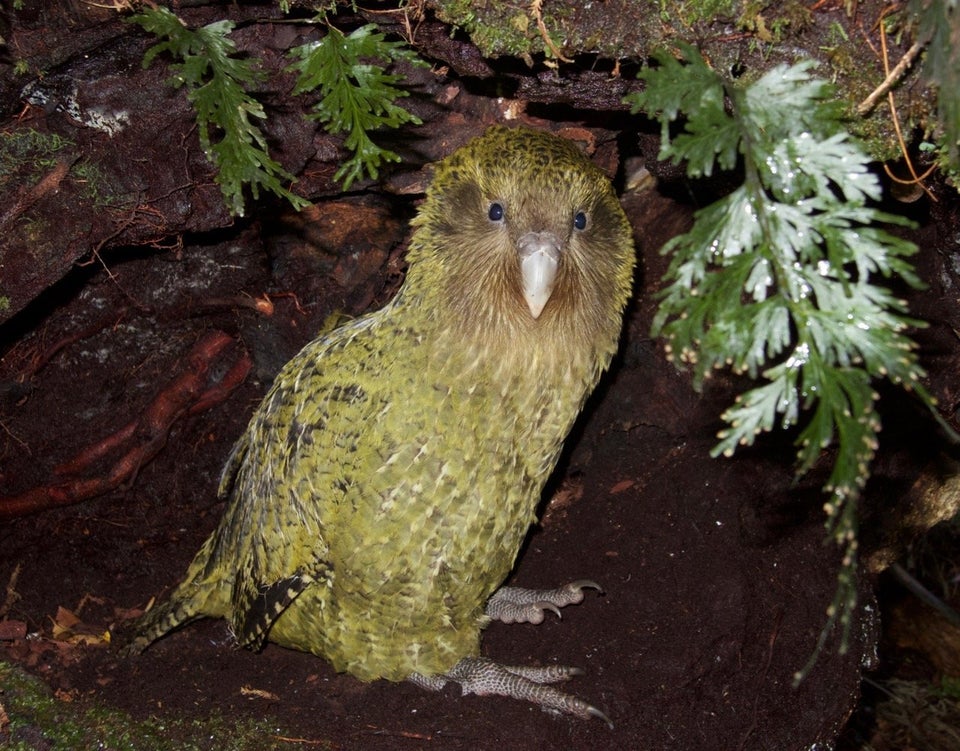
The birds also have extremely unusual mating habits: The males inflate like balloons and emit a repetitive “heartbeat-like” sound (known as “booms”) in an effort to attract a mate, and the females only become interested in mating when a particular native tree, called the rimu, bears fruit -- something that happens every two to four years.
“They’re just weird and wacky. They’re extremely different from any other bird,” Digby, a science adviser at New Zealand’s Department of Conservation, told The Huffington Post. “If we lose them, we’d be left with nothing even similar.”
Losing the kakapo almost became a reality a few decades ago. Kakapo populations plummeted to nearly zero in the 1970s, due to humans hunting them and introducing new predators including dogs and cats.
“Kakapo used to be extremely common in New Zealand. They used to be absolutely everywhere,” Digby said. “European explorers used to describe shaking trees and kakapo just falling out of them.” (The bird may not be very good at flying, but tree-climbing is one of its noted skills.)
When conservationists surveyed for the bird in the late 1970s, they only found a handful of them, and all of them were males. The bird was assumed to be functionally extinct.
But then in 1980, researchers made an extraordinary discovery: four females on an island off the southern coast of New Zealand. The birds were promptly relocated to a special pest- and predator-free island, and the government initiated several measures to protect the parrots. In 1990, the New Zealand Department of Conservation established the Kakapo Recovery Group and launched an intensive program to monitor the birds 24/7. Chicks were hand-reared, and researchers undertook extensive study of the kakapo and its behavior.
“It’s been a big, big effort,” Digby said.
The kakapo is now on the road to recovery. Today, 154 birds live on three predator-free islands and in sanctuaries that are devoid of non-native mammals, insects and plants. A successful 2016 breeding season yielded a more than 20 percent increase in the kakapo population.
Digby credits the New Zealand government’s commitment to conservation as a major factor in the bird’s recovery. “In conservation, there’s always a battle for funding," he said. "But we’re lucky that there’s quite a lot of emphasis here. The government support has been incredible."
The Kakapo Recovery Group hopes that two of the three populations of kakapo, which are still considered critically endangered, will be self-sustaining in a few years. The ultimate goal, the group says, is to get the parrot back onto the mainland.
“We once thought it was a crazy idea,” Digby said. “But the New Zealand government has been talking about making the mainland predator-free by 2050. It could really happen.”
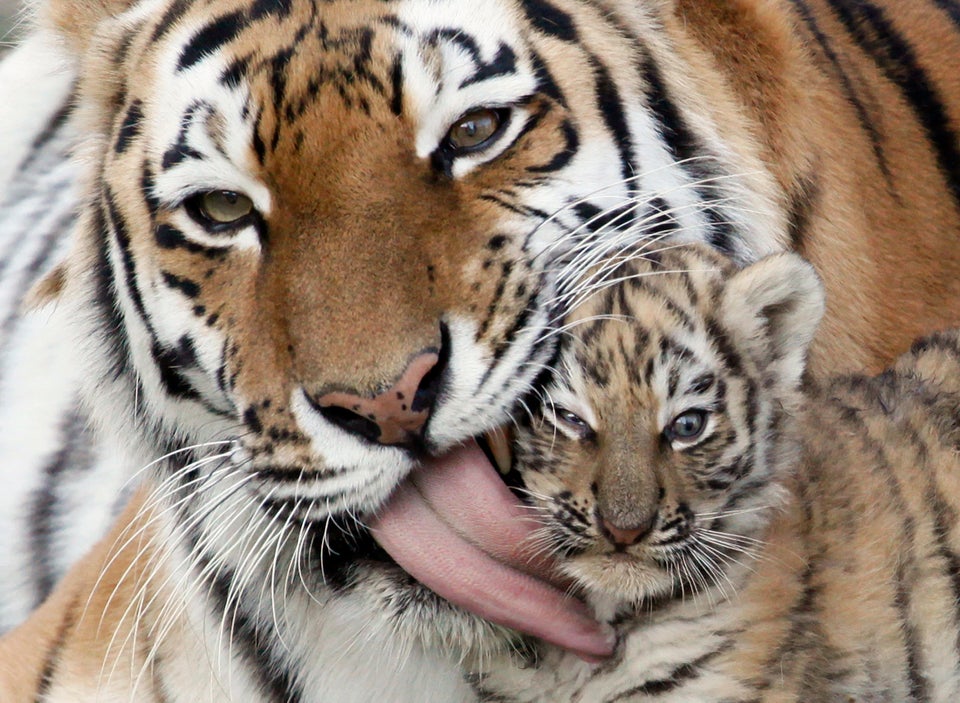
But the Amur tiger has not been spotted in South Korea for decades. Centuries of hunting and habitat destruction are believed to have driven the animal to extinction in the country in the early- to mid-1900s. (The animal’s status in North Korea is unknown.)
And it hasn’t just been Korea’s Amur tigers that have been under threat. While the big cat was once found in abundance in parts of Russia and China, hunting and other human activities drove the subspecies to the brink of extinction across its entire range. In the 1940s, only about 40 Amur tigers are believed to have existed in the wild. Extinction seemed imminent.
But thanks to interventions by the Russian and Chinese governments, as well as the action and activism of conservation groups, the Amur tiger has made a “spectacular comeback” over the past 50 years, according to the International Union for Conservation of Nature. Anti-poaching programs have been introduced to protect the animal in Russia, while China has stopped logging in the region where tigers roam. China also banned civilian gun ownership in the 1990s, which reduced the threat of hunters.
In 2008, the IUCN upgraded the tigers’ listing from critically endangered to endangered. Today, approximately 400 Amur tigers live in the wild, mostly inhabiting the forests of eastern Russia. Tiger numbers are increasing in northeast China as well, conservationists say.
Last year, Chinese President Xi Jinping approved a plan to establish a 6,000-square mile national park dedicated to protecting Amur tigers and leopards.
“The commitment of the Chinese government is a landmark event for the recovery of tigers,” Dale Miquelle, director of the Russia program at the Wildlife Conservation Society and tiger expert, told HuffPost in email last month. “There appears to be a great opportunity for a dramatic recovery of tigers in northeast China.”
But for all the good news, the Amur tiger still faces daunting risks.
“Poaching is still the main short-term threat to tigers — in both Russia and China (and the rest of Asia), while long-term, destruction of habitat is of critical concern. Both need to be controlled for tigers to survive,” Miquelle wrote. “Punishment for killing endangered species in Russia has recently greatly increased, [but so] have loopholes that allow poachers to escape conviction. In China, the demand for tigers parts, and the belief that these parts are powerful medicine, is the ultimate driver of poaching, and also has to be addressed.”
“With the economic boom, and human population growth of Asia, the dangers are still great, and constant vigilance and action is desperately still needed,” he added.
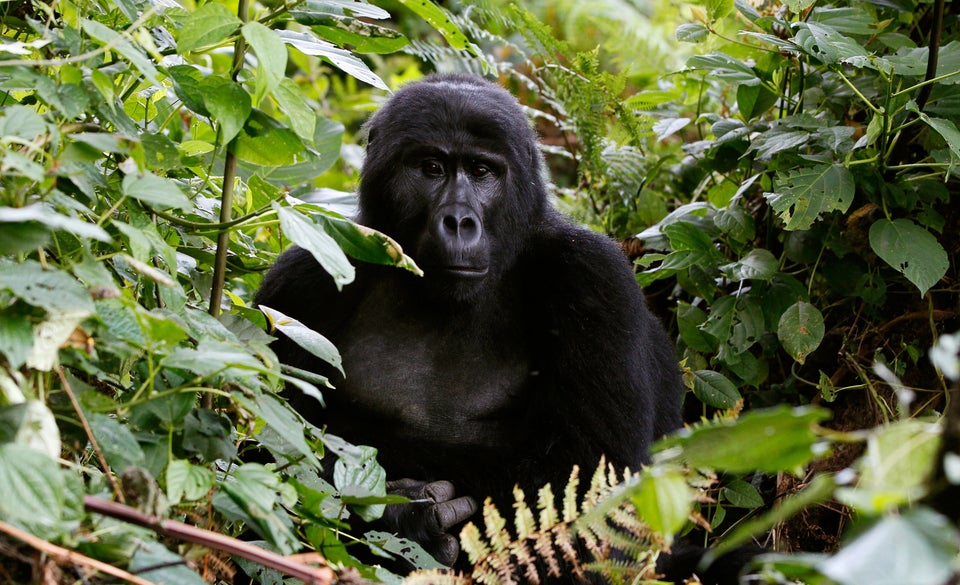
This macabre first meeting was a harbinger of things to come. Poaching, habitat destruction and other human impacts decimated mountain gorilla populations. As war and conflict raged in the region in the 1970s, fewer than 300 of the animals were believed to remain on the planet.
“There were fears that the mountain gorilla would become extinct in the same century it was discovered,” said Bas Huijbregts, African species manager at the World Wildlife Fund.
But conservationists, with government support, worked for decades to ensure that didn’t happen. Today, at least 880 of the subspecies can be found in central Africa, nearly half of them in the Virunga Mountains, which extend along the borders of Rwanda, Uganda and the Democratic Republic of Congo.
Their numbers are rising slowly but steadily, according to Peter Zahler, Asia Regional Director of the WCS.
“While the total numbers in [mountain gorilla] recovery may not be breathtaking, the fact that they still exist, much less are increasing, is a real example of a conservation success story against all the odds,” Zahler said.
Conservation groups like the WWF and the WCS have played an important role in protecting the great ape over the decades, from working with national governments to improve land use planning and combat habitat loss, to providing equipment for local law enforcement to aid in anti-poaching efforts.
In 2015, activists celebrated a “major milestone” for mountain gorillas when Rwanda, Uganda and the DRC signed a treaty that committed the three nations to protecting the biodiversity of the Virunga Mountains and gorilla conservation specifically.
“Ownership by governments and local communities of their species is the key to success [in conservation],” Huijbregts told HuffPost.
Persistence is also essential, he added: “Keep trying, and never leave.”
In its latest assessment in 2016, the IUCN said the mountain gorilla was recovering but still faced many threats, including continued poaching and civil unrest in parts of the species’ geographic range. The animal is still listed as critically endangered.
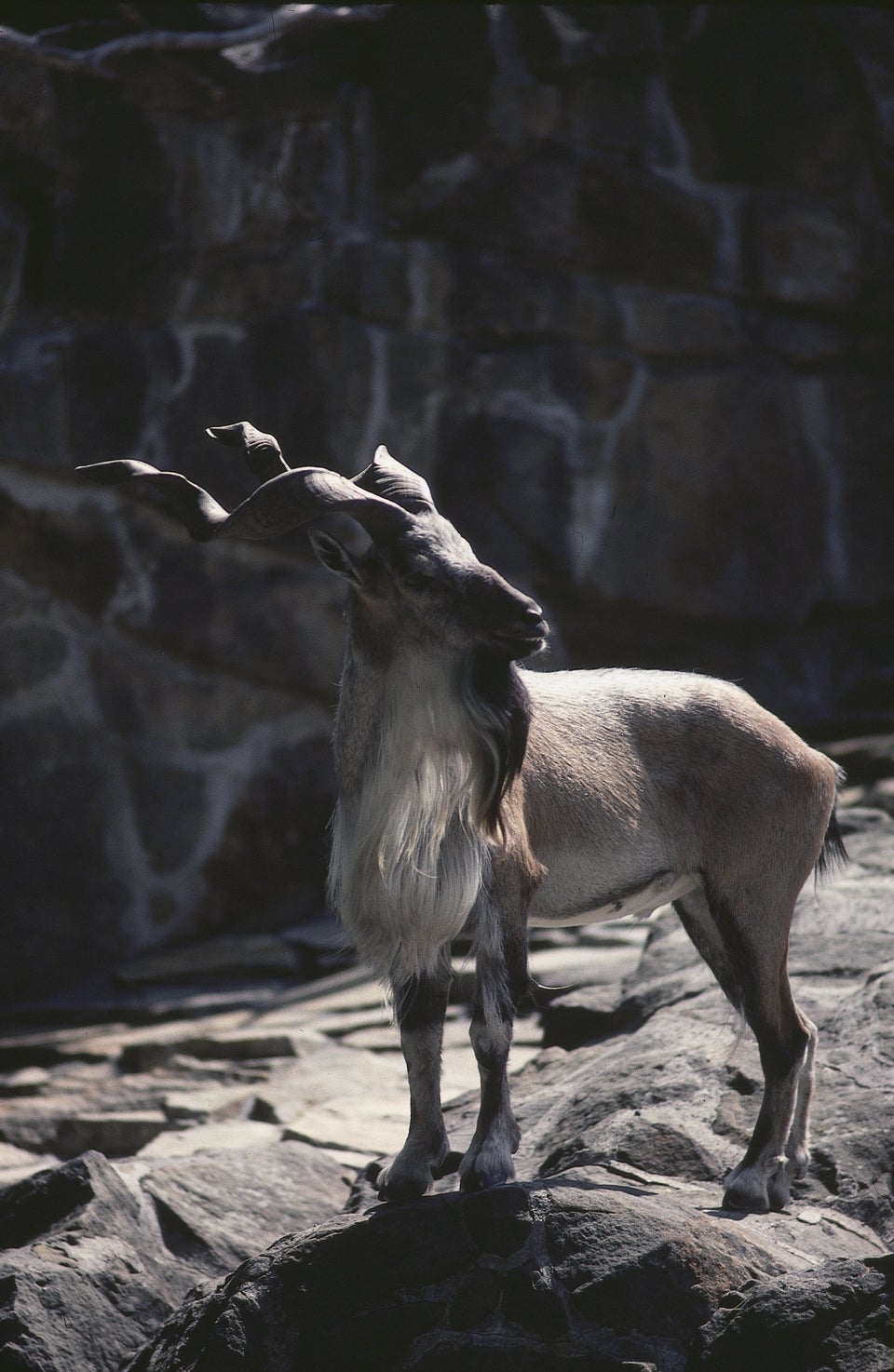
The goat is native to western Asia, and uncontrolled hunting for its horns -- which are used for decorative purposes and also in Chinese traditional medicine -- has drastically reduced its population. In Pakistan, for example, markhor numbers fell by about 70 percent in the 20th century. In Tajikistan, once home to an abundance of the species, fewer than 350 were counted in the mid-1990s.
It was ultimately the work of local communities across the markhor’s range that helped turn around the animal’s fortunes.
In Pakistan, where the markhor is the national animal, local conservation groups and the WCS have partnered to protect the goat’s remaining habitat. They have trained local citizens to serve as rangers and help prevent poaching and other violations of national natural resource laws.
Experts say the markhor’s prominence may have helped its recovery. “The species represents a national icon and cultural pride likely played into the dedication with which citizens sought to prevent its extinction,” said the Ecology Global Network.
The international trophy hunting market has also acted as an incentive in some local communities, according to the WCS’s Zahler. A single trophy male can cost over $50,000, and in Pakistan, 80 percent of that money is, by law, given to local communities. Although regulated trophy hunting as a conservation measure is a controversial and hotly debated issue, the practice appears to have reduced local hunting of markhor, at least in Pakistan, Zahler said.
Pakistan’s efforts have inspired citizens in neighboring Tajikistan as well. A 2014 story in National Geographic described how traditional Tajik hunters had put down their hunting weapons to protect the goat instead.
"Rangers from these communities risk their lives to protect these animals because they know that if they can sustain healthy populations of markhor, they can eventually see the rewards through some limited sustainable use of the species,” the magazine wrote. “And we are not just talking about financial rewards, but also about the deserved recognition that these local communities would like to achieve for conserving species that the world cares about."
Markhor populations have increased to over 1,000 in Tajikistan, according to a 2013 study. Some parts of Pakistan have had a population increase of more than 50 percent since 1999. As a result, the IUCN downgraded the markhor’s listing from “endangered” to “near threatened” in 2015.
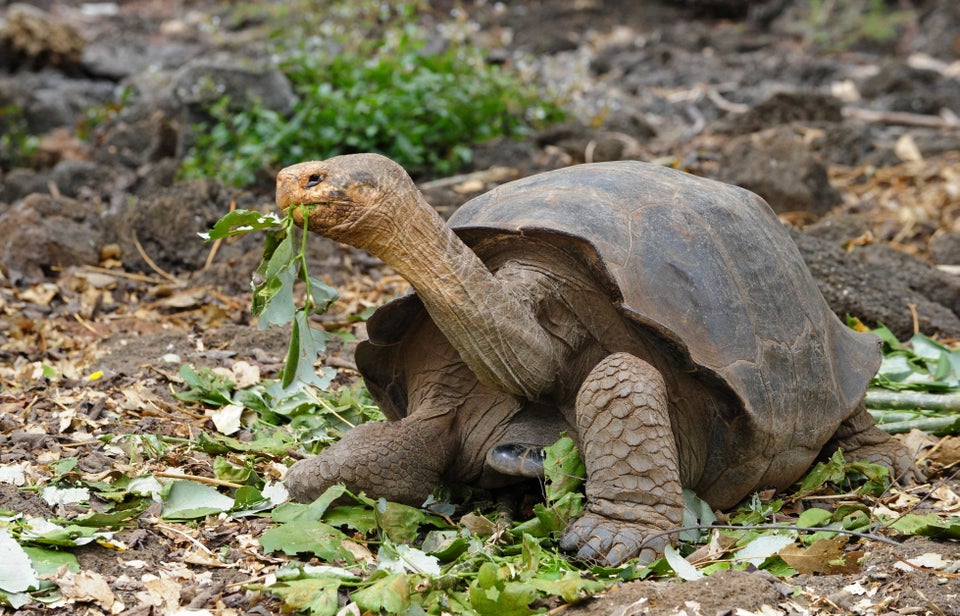
Though Galapagos conservationists weren’t able to save the Pinta Island tortoise, they have achieved tremendous success over the past 50 years in the recovery of other giant tortoise species in the archipelago.
In the late 1950s, researchers discovered that only 11 of 14 original giant tortoise populations in the Galapagos still existed. Almost all of these populations were endangered, they found, with most on the brink of extinction.
In the two centuries prior, sailors, pirates and merchantmen had killed between 100,000 and 200,000 giant tortoises on the islands, and introduced predators like black rats. On the island of Pinzon, for example, scientists found more than 100 tortoises — but all of them were very old. Black rats had been wiping out all the eggs and hatchlings for decades, leaving only the large, older tortoises. The adults would have eventually died out, too, if conservationists hadn't intervened, said Linda Cayot, science adviser to the Galapagos Conservancy.
Today, an estimated 500 giant tortoises live on Pinzon island, thanks to tortoise-rearing programs and predator eradication campaigns. Similar conservation efforts across the archipelago have raised the total population of giant tortoises in the Galapagos to over 15,000.
“It’s definitely been a team effort between the Ecuadorian government and conservation organizations and scientists too,” Cayot told HuffPost.
Cayot, who has spent 35 years working with Galapagos tortoises, said rescuing the animals from the brink has been a challenging but “super satisfying” experience.
“When it comes to conservation, my personal feeling is you never give up,” she said. “If you give up on one [species], then why not give up on all of them and just say the world is going to hell?”
***
At the rate we’re going, humans could kill off two-thirds of all wildlife by 2020, according to a WWF report released last year. But experts stress that it’s not too late to turn the tide.
“We might be on the brink of a mass extinction, but we can still avoid it,” Mark Williams, a paleobiology professor at England’s University of Leicester, told HuffPost in December. “We haven’t lost the biodiversity yet. All is to play for.”
These conservation success stories are a reminder of what can be achieved when governments, local communities and activists join forces to protect species under threat.
“Conservation is more than worthwhile,” Cayot said. “It is essential. The world needs this diversity. It’s beyond just ecological processes, it’s something bigger. We live on this planet and we need to keep it healthy.”
______
Dominique Mosbergen is a reporter at The Huffington Post covering climate change, extreme weather and extinction. Send tips or feedback to dominique.mosbergen@huffingtonpost.com or follow her on Twitter.

